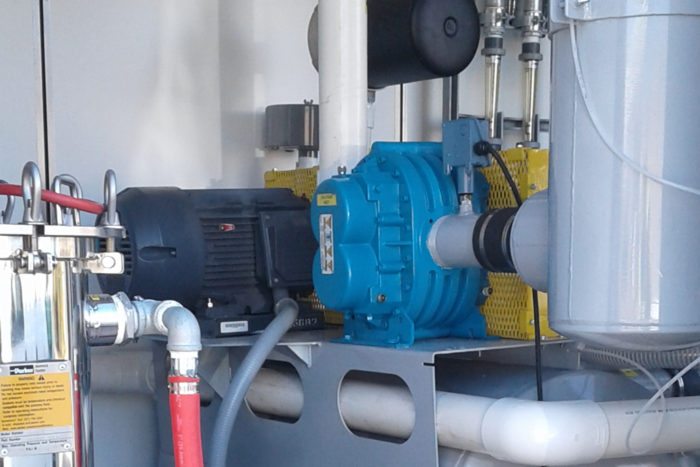According to the United States Environmental Protection Agency (USEPA), there are approximately 555,000 underground storage tanks (USTs) nationwide that store petroleum or hazardous substances. They are located underground to lessen the risk of explosion. Unfortunately, a majority of releases of petroleum or hazardous substances from USTs also occur underground. Prevention of environmental releases into the soil and groundwater is a goal of the EPA, state regulatory agencies and UST owners and operators. At sites without UST release detection systems, contamination can quickly migrate through subsurface soil and underground, causing environmental damage and threats to human health. Implementing UST best management practices to prevent a spill or release is significantly less expensive than cleaning up a release after it happens. In 2015 federal UST regulations were revised with the goal of having effective release detection for all UST sites. The Indiana Department of Environmental Management (IDEM) is in the process of adopting the 2015 federal UST regulations. Indiana has USEPA State Program Approval (SPA) so the new UST regulation schedule will have a rolling implementation time frame that starts with the final adoption of Indiana’s rules; this gives Indiana UST facilities more time for compliance with new federal regulations than non-SPA states such as Kentucky.
The implementation time frames for the revised federal UST regulations will depend on when the regulations are finalized but all agree it is a good idea for UST owners and operators to be ready and understand the new regulatory requirements. The revised federal UST regulations require that all regulated USTs have a release detection method, or a combination of methods, that can detect a release from any portion of the tank and the connected underground piping that contains product, and is installed, calibrated and operating according to the manufacturer’s instructions. Additionally, UST owners and operators will need to be aware of the 2015 federal UST regulation changes that have:
• Added secondary containment requirements for new and replaced tanks and piping,
• Added operatory training requirements,
• Added periodic operation and maintenance requirements for UST systems,
• Added requirements to ensure UST system compatibility before storing certain biofuel blends,
• Removed past deferrals for emergency generator tanks, field constructed tanks and airport hydrant systems, and
• Updated codes of practice. At SESCO Group, we believe our clients deserve a partner who understands the regulatory landscape as well as their specific business challenges.
At SESCO Group, we believe our clients deserve a partner who understands the regulatory landscape as well as their specific business challenges.
Our team of industry-leading scientists and engineers develop integrated solutions for our clients to help address the business drivers critical to the long-term success and regulatory compliance. SESCO Group is introducing BASE Line™ UST environmental management system to provide our petroleum clients with a cloud based, secure portal to help manage environmental UST compliance. With an integrated calendar and secure document center, your facility will stay up to date with the ever changing State and Federal regulations.

